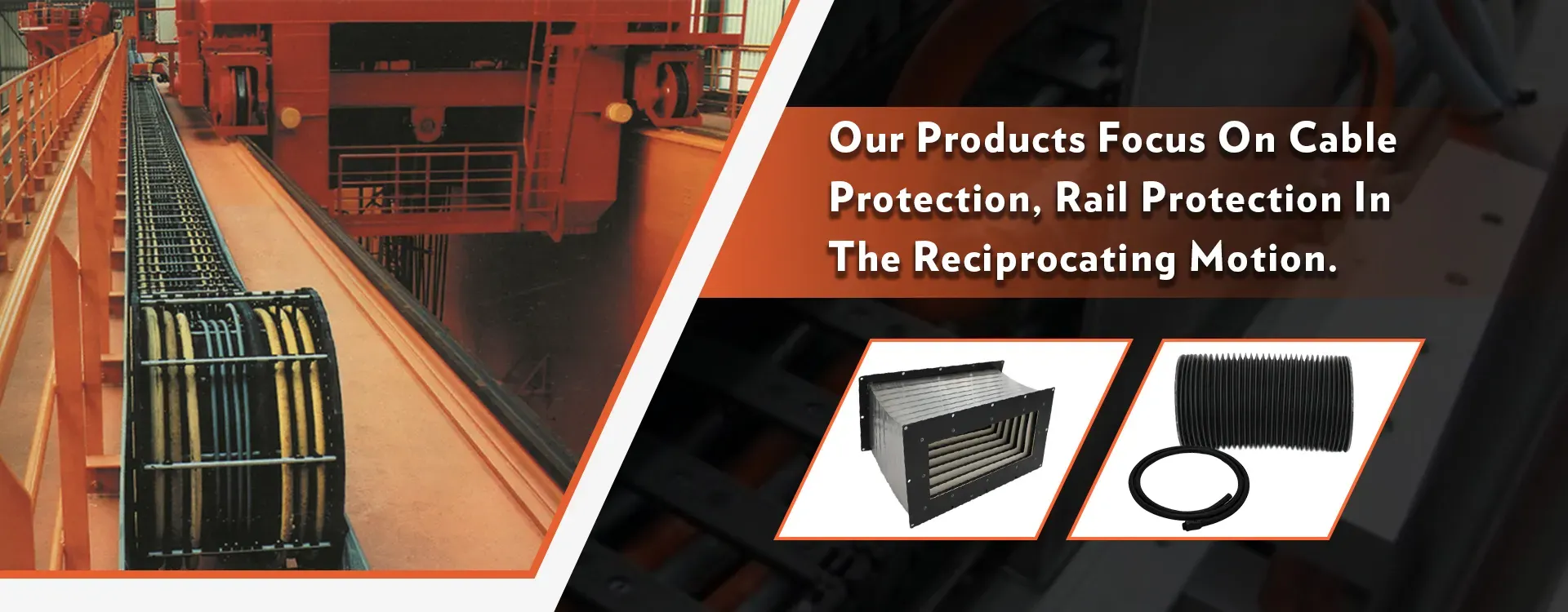Cable management solutions for seamless connectivity in industrial applications and environments.
Understanding Cable Carrier Chains A Critical Component in Modern Engineering
In the world of mechanical engineering and automation, cable carrier chains serve as a fundamental solution for the management and protection of cables and hoses. These specialized chains are designed to guide and support cables and hoses in moving machinery, preventing tangles, wear, and other issues that can arise in dynamic environments. This article explores the concept of cable carrier chains, their construction, benefits, applications, and future trends in technology.
What Are Cable Carrier Chains?
Cable carrier chains, often referred to as energy chains, are flexible systems that allow the movement of cables, hoses, and other conduits in equipment that requires motion. They consist of a series of interconnected links that can pivot around their joints, creating a flexible channel in which the cables are housed. This design allows for unrestricted motion while keeping the cables organized and protected.
Construction and Design
The structure of cable carrier chains can vary significantly based on application requirements. They are typically made from durable materials such as plastic or metal, offering different profiles and sizes to suit specific needs. The links can be open or closed, allowing for the easy insertion and removal of cables and hoses.
In terms of design, cable carrier chains are tailored for various environments. For example, heavy-duty chains are constructed to withstand harsh conditions, including high temperatures, chemicals, and heavy loads. Other versions may be lightweight and flexible, designed for fast-moving applications, such as robotics or CNC machines.
Benefits of Cable Carrier Chains
1. Protection One of the primary advantages of cable carrier chains is their ability to protect cables and hoses from damage caused by motion, abrasion, and environmental factors. They create a protective enclosure that minimizes wear and prolongs the lifespan of the conduits.
2. Organization These chains help keep cables organized and neat, reducing the risk of tangling or crushing. This organization not only simplifies installation and maintenance but also improves the overall aesthetics of the machinery.
3. Efficient Motion Energy chains enable smooth movement of cables and hoses, facilitating uninterrupted operation of equipment. This efficient motion reduces the risk of operational failures that can arise from restrained or pinched cables.
cable carrier chain

4. Versatility Cable carrier chains are highly versatile and can be used in a wide range of applications, from elevators and cranes to machine tools and agricultural machinery. They can be custom-designed to fit unique specifications, making them suitable for various industries.
5. Cost-Effectiveness By protecting cables and reducing wear, energy chains can lower overall maintenance costs and downtime. Investing in quality cable carrier chains can lead to significant savings in the long run.
Applications Across Industries
Cable carrier chains are employed in numerous industries, demonstrating their versatility and critical role in machinery operation. Some common applications include
- Manufacturing In automated production lines, cable carrier chains guide the wires connecting sensors, motors, and control units, ensuring reliable operation. - Robotics For robotic arms and automated systems, these carriers support the intricate wiring and hoses needed for mobility and communication between components. - Construction Heavy machinery, such as excavators and cranes, often utilizes cable carrier chains to manage hydraulic hoses and electrical cables that are subject to rigorous movement. - Aerospace In aircraft, cable carrier chains allow for the free movement of control cables, ensuring efficiency and safety in automated systems.
Future Trends
As technology continues to evolve, so too do the designs and materials used in cable carrier chains. Future trends are likely to focus on the integration of smart technology, such as sensors that monitor the condition of cables and chains in real-time. This advancement can lead to predictive maintenance, reducing downtime and improving operational efficiency.
Moreover, with the increasing emphasis on sustainability, manufacturers are exploring eco-friendly materials that can withstand rigorous environments while minimizing environmental impact. Advanced manufacturing techniques, such as 3D printing, may also pave the way for more innovative designs that cater to specific applications with greater precision.
Conclusion
Cable carrier chains are an essential component of modern engineering, providing protection, organization, and efficiency for cables and hoses in dynamic environments. Their diverse applications across various industries underscore their importance in facilitating seamless operations. As technology advances, the future of cable carrier chains holds promise for enhanced performance and sustainability, making them a critical area of interest for engineers and designers alike.








